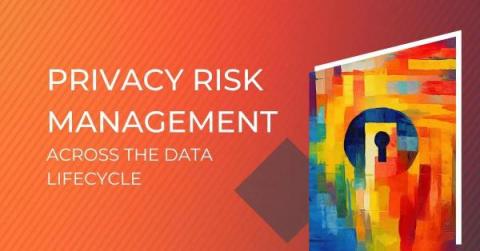Privacy Risk Management Across the Data Lifecycle
As a kid, keeping a secret meant not telling anyone else information that a friend chose to share with you and trusted you to protect. In the digital era, protecting customer and employee sensitive data works similarly. Although establishing privacy controls and maintaining data protection are more difficult when managing complex IT environments, the principles underlying your data protection initiatives remain the same.











